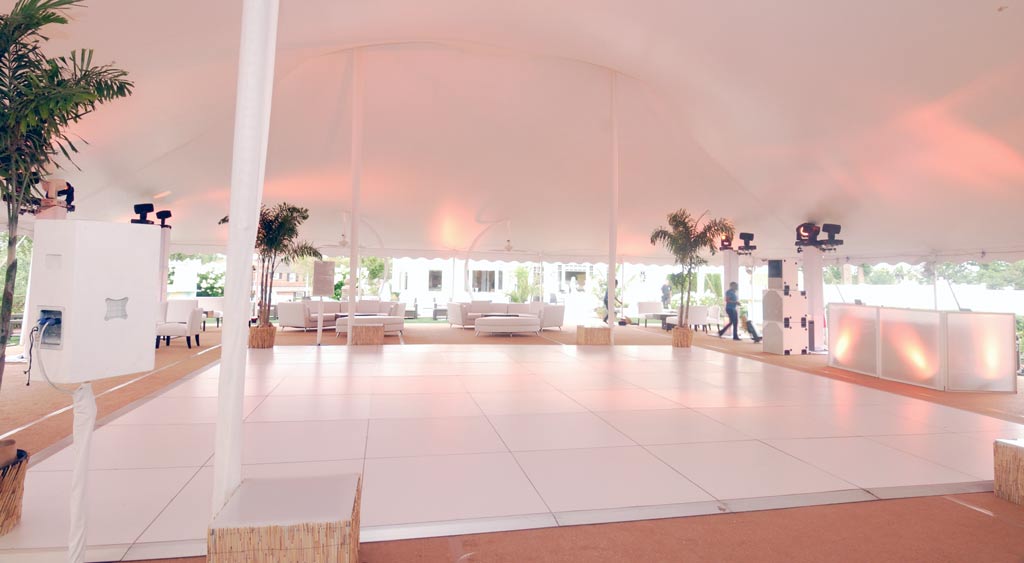Investigating the Diverse Materials That Convert Performance Floors into Breathtaking Visual Displays
Investigating the Diverse Materials That Convert Performance Floors into Breathtaking Visual Displays
Blog Article
Movement surfaces have evolved considerably over the decades, transforming more than just a place to dance to music. Today, they are converted into breathtaking aesthetic experiences through the use of multiple substances and techniques. These materials not only enhance the visual attractiveness of the space but also improve the overall experience for dancers and spectators alike. Comprehending the flexible substances that contribute to these dynamic environments can offer understanding into the craft of performance floor design.
One of the most frequent materials used in contemporary dance floors is light-emitting diode lighting. LED lights are energy-efficient and can generate a broad variety of colors and effects. They can be embedded in the floor directly or used as part of a lighting setup over the dance floor. This innovation allows for coordinated light displays that can change in response to the music, creating an immersive encounter. The capability to program these lights means that they can be tailored to fit different themes or atmospheres, making each occasion distinct.
Another crucial substance is reflective materials, such as reflectors or polished tiles. These materials can create an deception of area and depth, making the dance floor seem larger than it actually is. When dancers dance, their images can add an extra layer of aesthetic interest, enhancing the overall show. Additionally, reflective surfaces can engage with illumination effects, amplifying the colors and designs displayed on the floor. This combination of light and mirroring can captivate spectators and boost the energy of the occasion.
In furthermore to lighting and reflective materials, the use of digital screens has grown increasingly common in dance floor creation. These screens can display vibrant images, animations, or even live feeds of the show. By integrating digital technology, occasion organizers can create a comprehensive experience that involves both the dancers and the audience. The ability to alter images in real-time allows for a dynamic environment that can adapt to the rhythm and vitality of the melodies, making each moment feel fresh and thrilling.
Additionally, the choice of flooring substance itself plays a key role in the complete experience. Classic wooden dance floors are still favored for their durability and functional qualities. However, more modern substances like vinyl and rubber are becoming popularity due to their versatility and simplicity of care. These materials can provide superior impact absorption, reducing the risk of article injury for performers. Additionally, they can be crafted with various textures and hues, allowing for creative expression in the dance floor's look.
In summary, the evolution of dance floors into breathtaking visual encounters relies on a combination of innovative materials and techniques. Light-emitting diode lighting, reflective surfaces, electronic screens, and customized flooring materials all contribute to creating an captivating setting for dancers and audiences. As innovation continues to progress, the possibilities for improving dance floor design will only grow, making upcoming events even more captivating and unforgettable. Comprehending these materials helps appreciate the craftsmanship involved in creating environments where movement and music come together harmoniously in unison.